Four-character Chenghua mark but Kangxi period (1661-1722).
The barrel shaped tea caddy decorated in underglaze blue with two ladies seating opposite at a table playing wéiqí (go) in a fenced garden setting with rocky outcroppings whilst another lady standing next to a palm tree watches them compete.
This tea caddy was produced at the kilns of Jingdezhen, at a time when the fashion for Chinese porcelain was at its highest in Europe.
The decoration of slender ladies on porcelain was a very popular motif during this period. They were known as “mei ren” (beautiful women) in Chinese and as “lange lijzen” (long Eliza's) in Dutch.
About wéiqí:
Go was considered one of the four essential arts of the cultured aristocratic Chinese scholars in antiquity. The earliest written reference to the game is generally recognized as the historical annal Zuo Zhuan (c. 4th century BCE).
It is played with black and white counters on a square board. In principle it is a war game, the object of the player being to detach, surround and capture his adversary’s men, according to certain rather complicated but easily intelligible rules. Experts of the game require to show considerable initiative and ready wit, and are held in high honour.
There is a legend of a wood-cutter watching two venerable sages playing wéiqí in a mountain cave, and looking down eventually to find his axe helve had rotted in its socket and his beard grown to his toes, so masterly was the strategy and so grim the determination of the opposing generals.
About the Chenghua mark:
The Chenghua mark (1465-87) was not intended as a forgery, but rather as a compliment to the quality of the piece and to replace the mark of Kangxi (1662-1722) who had forbidden the use of his name on porcelain made for export after 1682; a ban which nominally remained in force until the late 19th century.
Provenance:
From a private Dutch collection.
Ref:
Compare with a similarly decorated tea caddy in the collection of Museum Arnhem (inv. nr. GMV541BC).
Dimensions:
Height without lid ca. 13 cm, diameter ca. 10 cm.
Condition (DM for more condition pictures)
Impact spot and a chip on the footring, graze chip on the mouth rim and a faint hairline of ca. 2.5 cm. at the neck showing on the in -and outside (very hard to see but it is there).
Worldwide free, registered and insured shipping.
Take a look at our other listings for more Asian art, antiques, design, etc.
Code: A00399



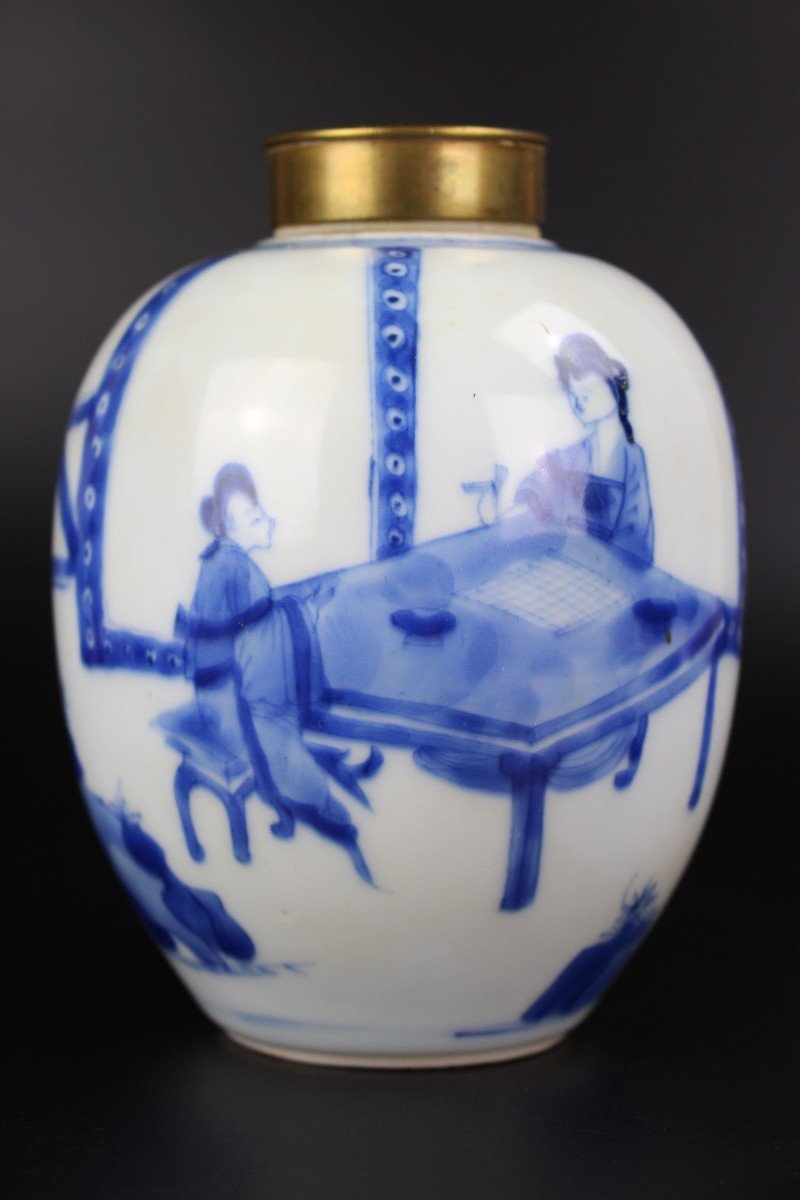
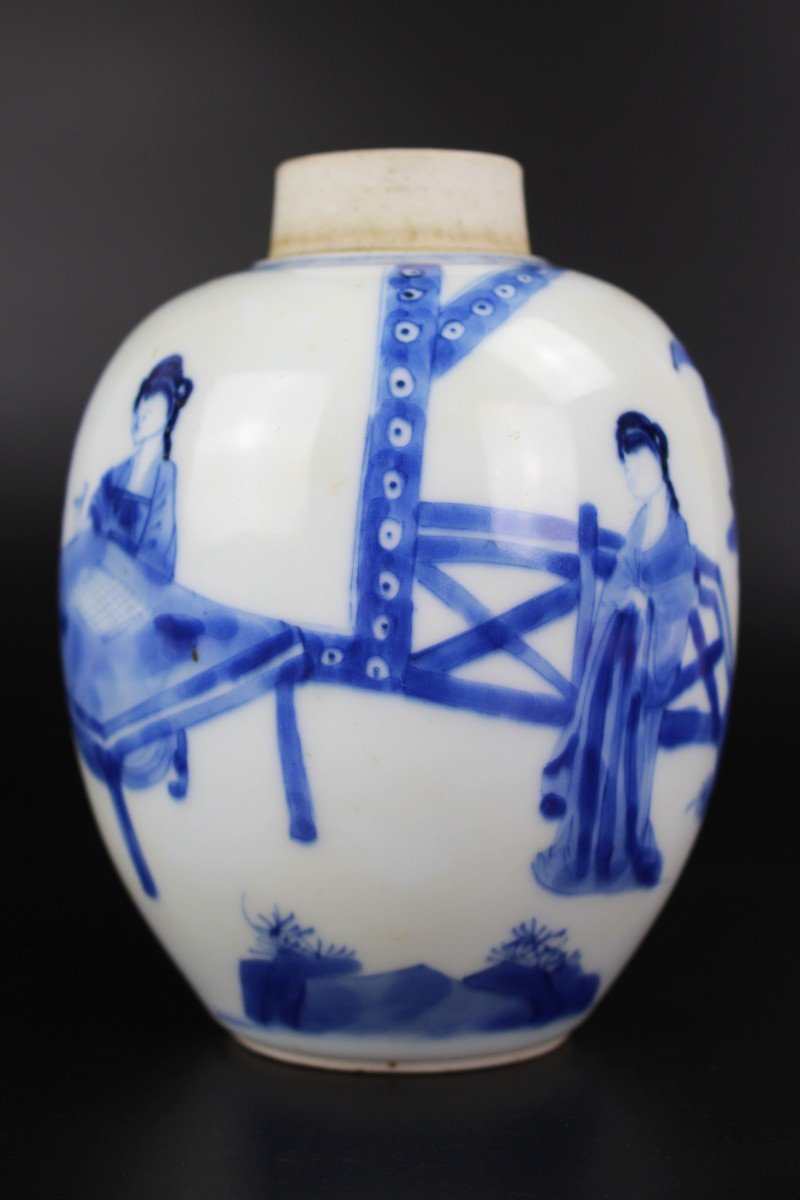
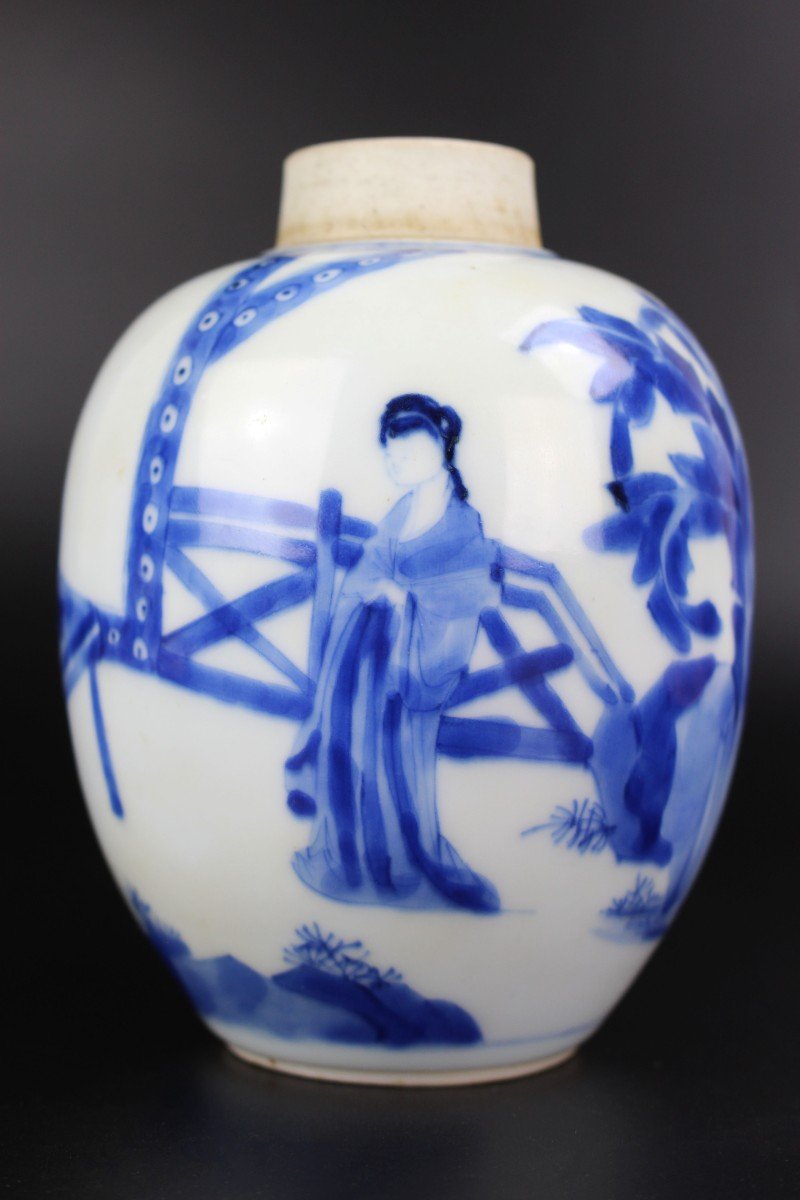
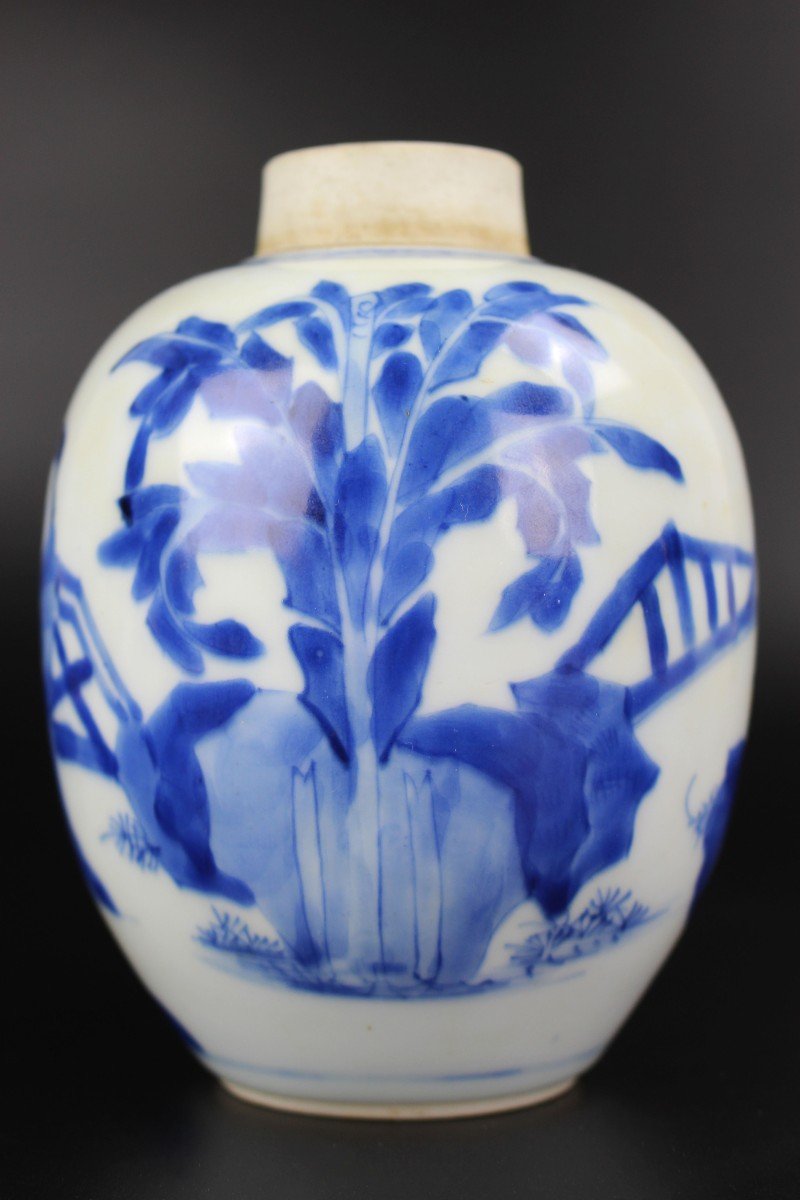
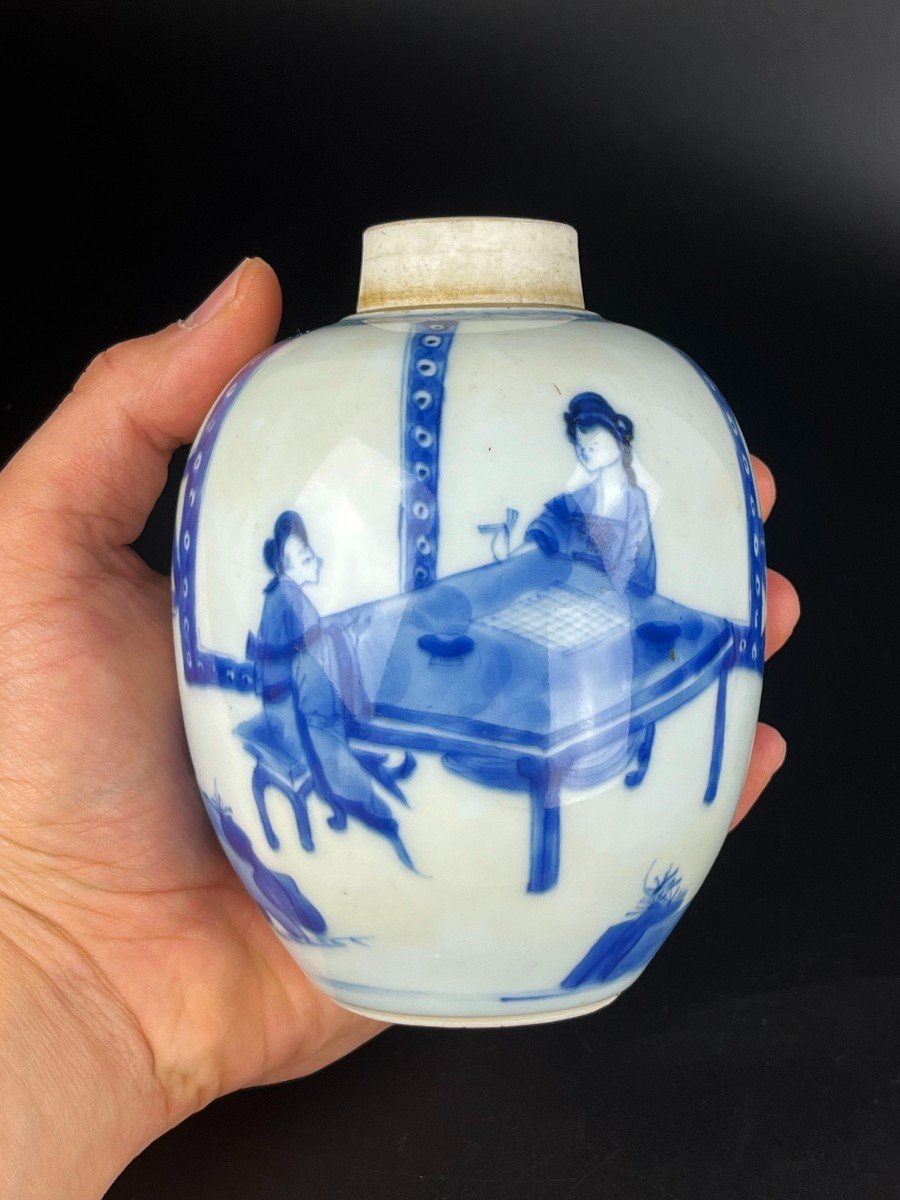
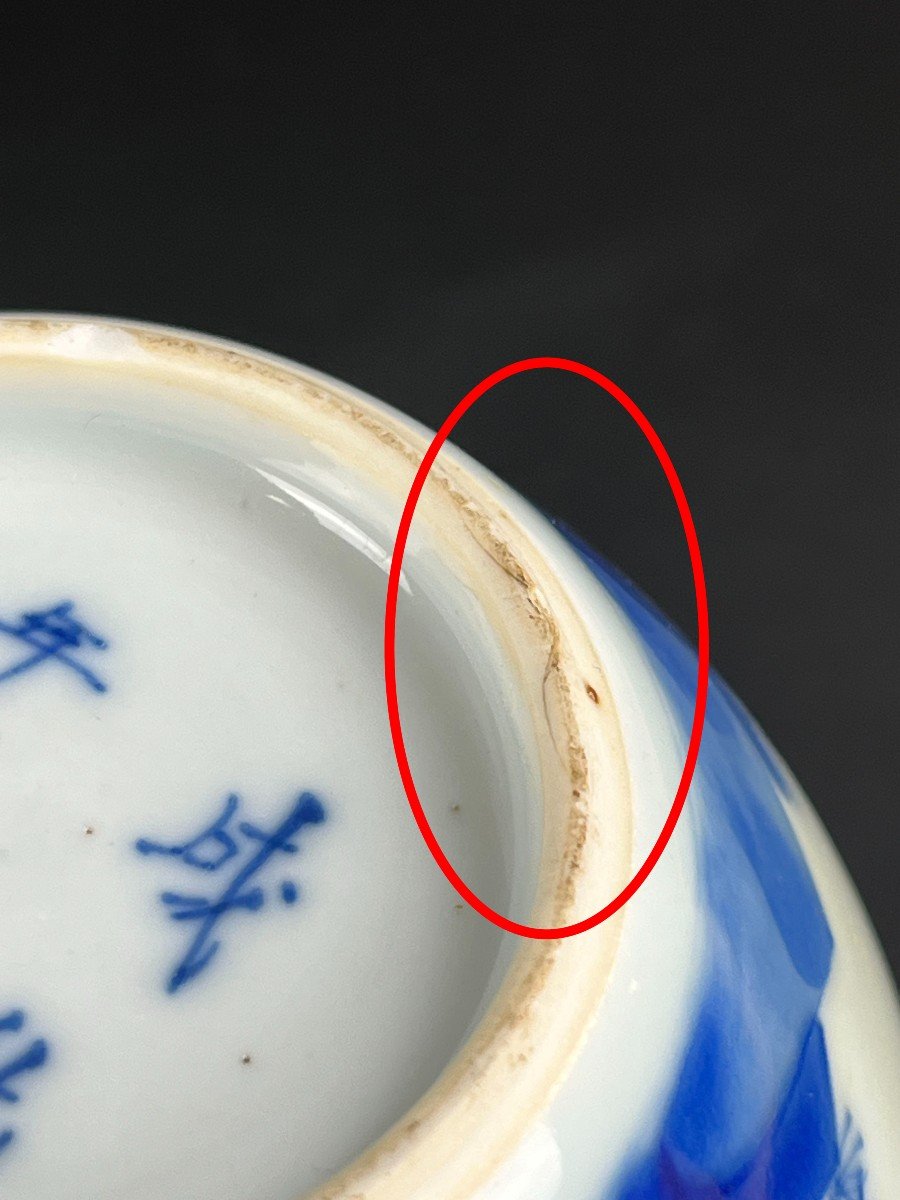

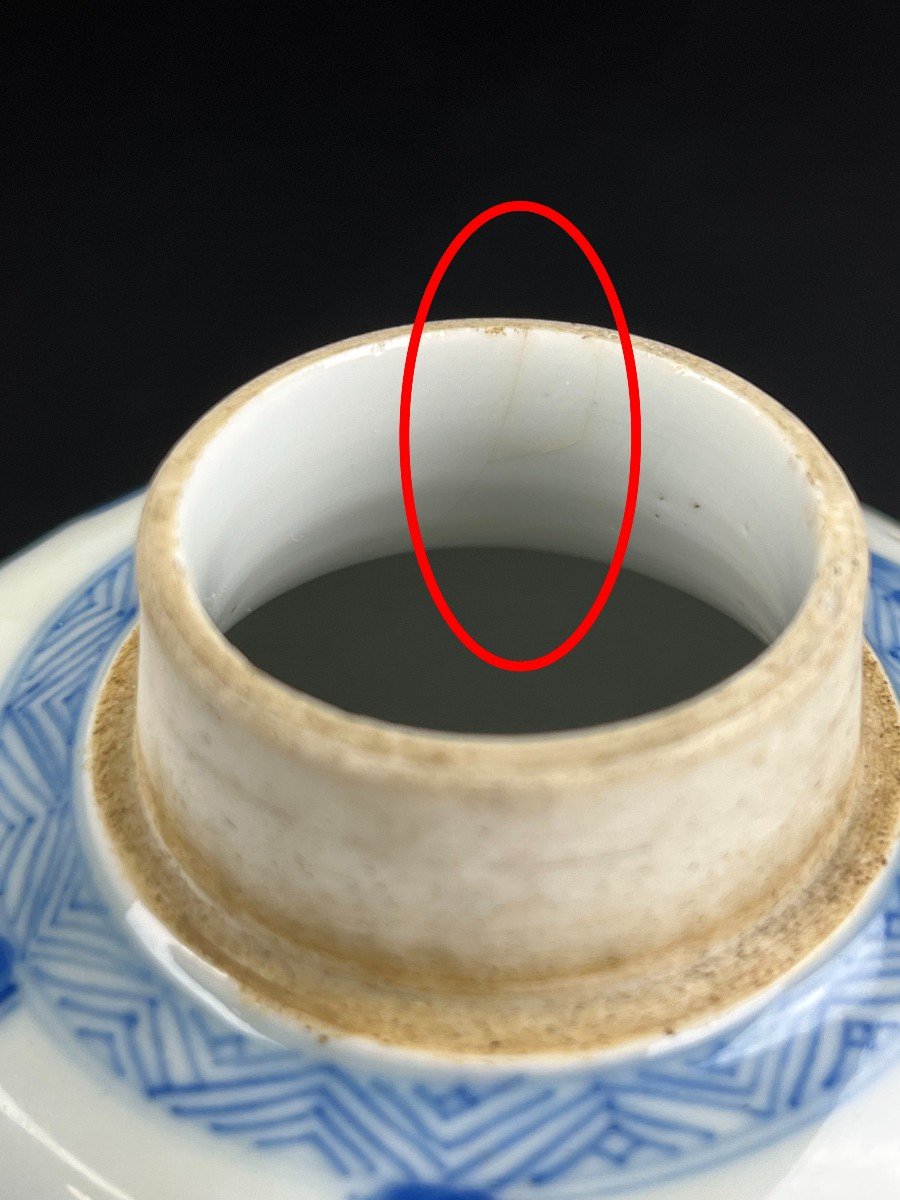

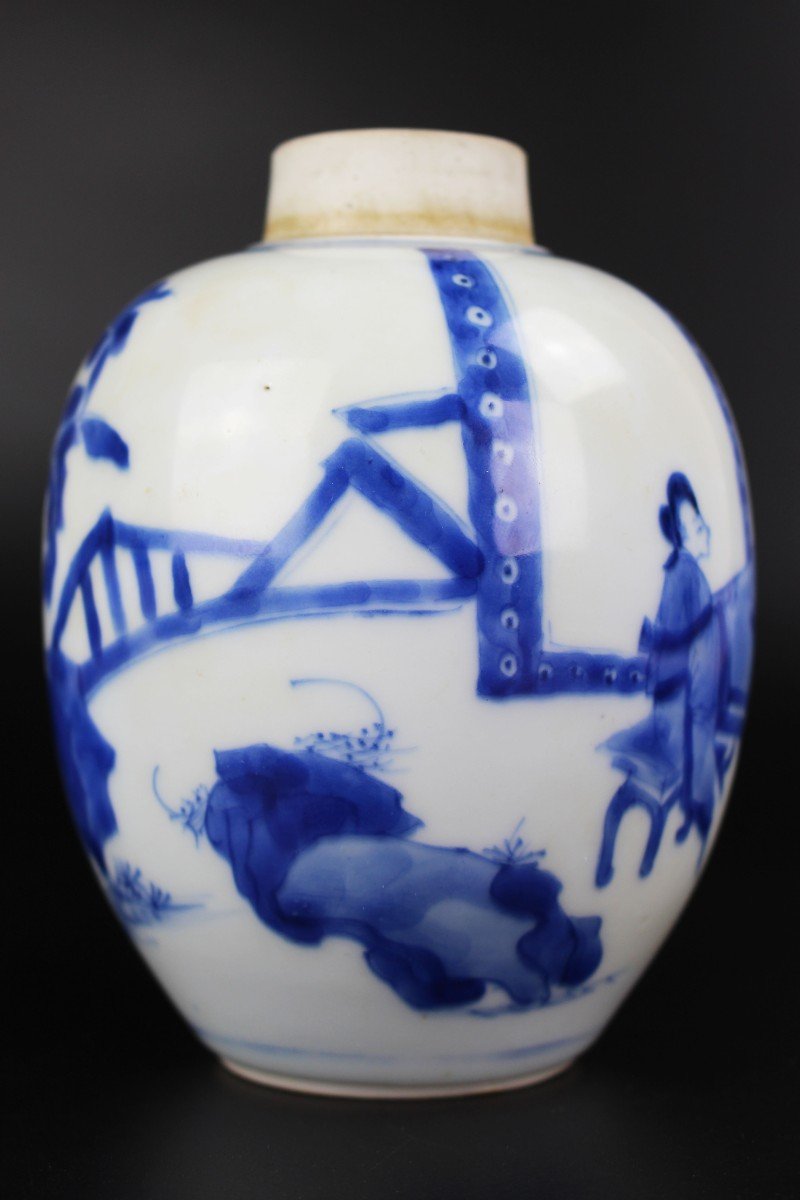

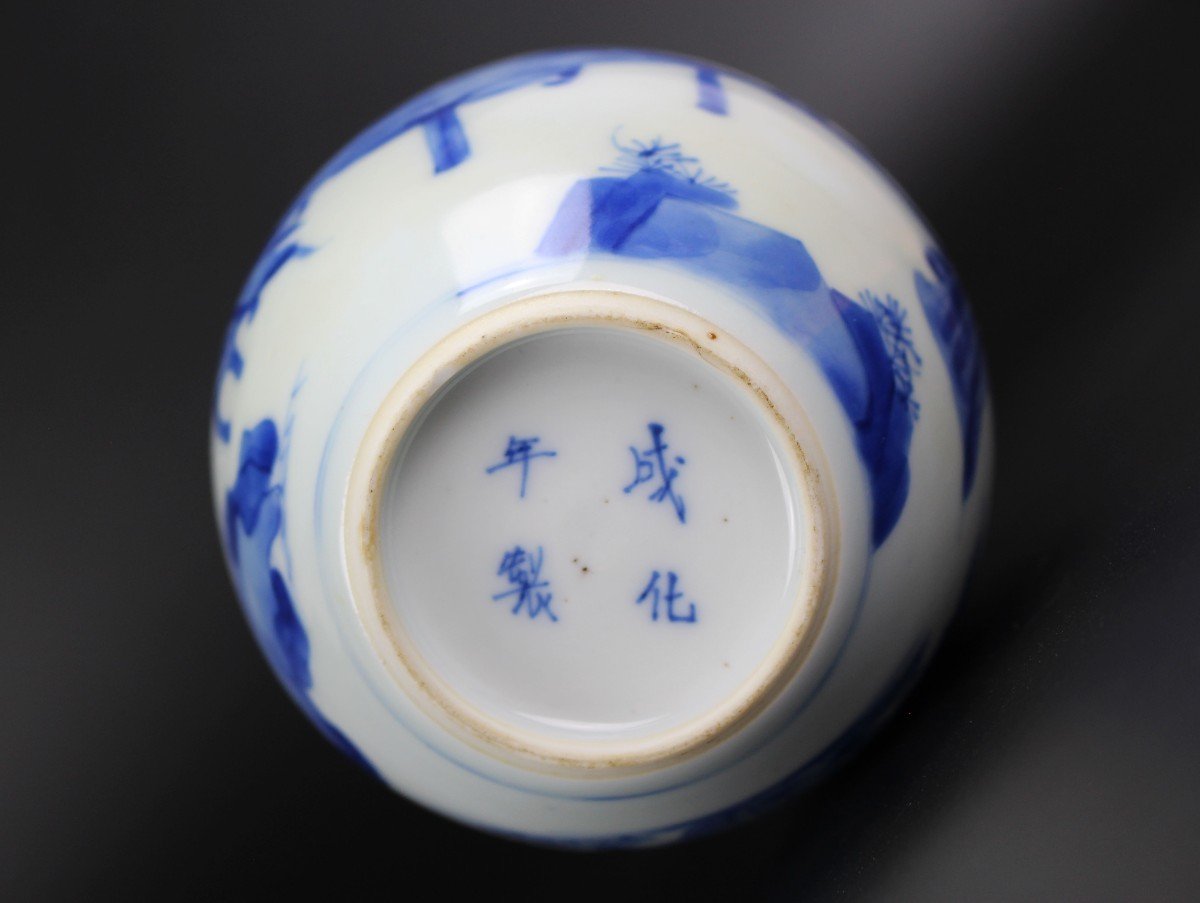



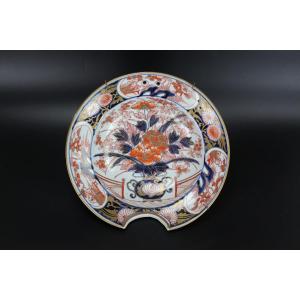
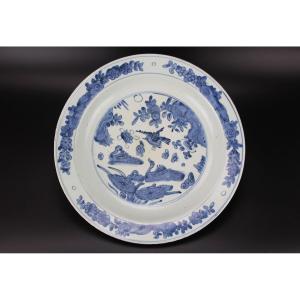




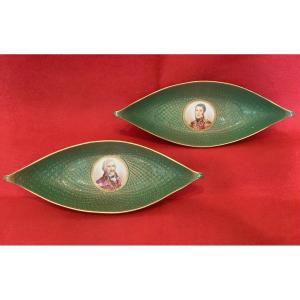
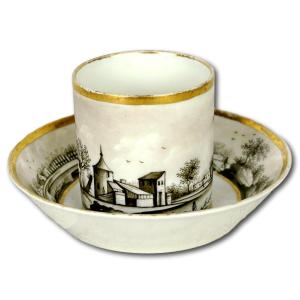
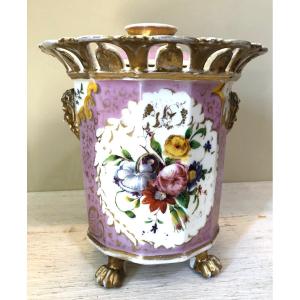



 Le Magazine de PROANTIC
Le Magazine de PROANTIC TRÉSORS Magazine
TRÉSORS Magazine Rivista Artiquariato
Rivista Artiquariato
